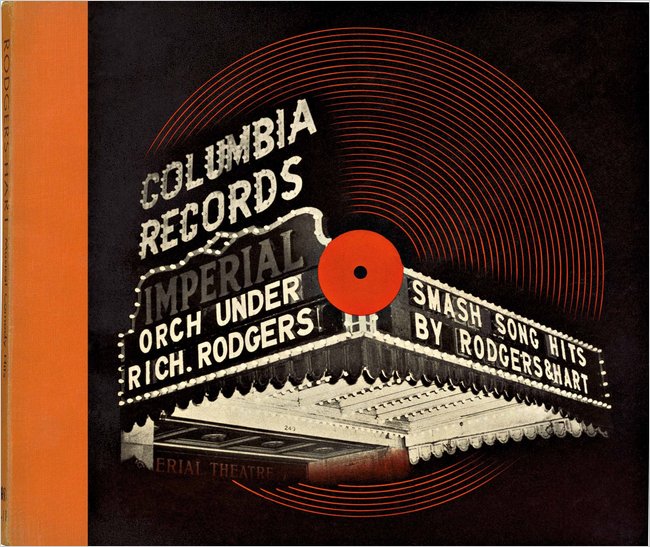I recently finished Jan Tschichold’s Treasury of Alphabets and Lettering (1952), an incredible gallery of historical typographic examples alongside acerbic and insightful commentary by Tschichold, and this passage about storefront signs has popped into my head whenever driving by any given strip mall:
In selecting a letter for a given task, beauty is not the only factor. The letter must also be appropriate to its purpose and surroundings. Most important, a distinction must be made between lettering that is to serve for a long period of time and lettering which is to serve only briefly. Frequently, we see lettering in architecture which, due to its flighty and cursive character, is suitable only for temporary and cheap signs. Many store front inscriptions, often executed in metal or neon lights, belong to the category of imitation brush lettering which is alien to their purpose. These are not only generally hard to read, but also often lack the spontaneous, fresh form which only a master can give them after long practice. They are lame, warped, and miserable. That which one is unprepared to do but insists on doing becomes trashy. And this trash despoils our cities today at every turn. Such pap-like brush lettering on our store fronts is out of place and poorly done. Store front lettering is an architecture, since it is a part of the building. It is destined for a long duration, often for decades, and should, therefore, always be correct, noble and beautiful. It is a waste of money to cast such pseudo brush lettering in expensive metal; it must be replaced in a few years as it becomes obsolete and visually offensive to everybody.
This kind of lettering is either the result of the client’s “design” or conceived by incompetents who should choose another profession.
[…]
Store and building signs are necessary, but they need not result in the evil they have become.

